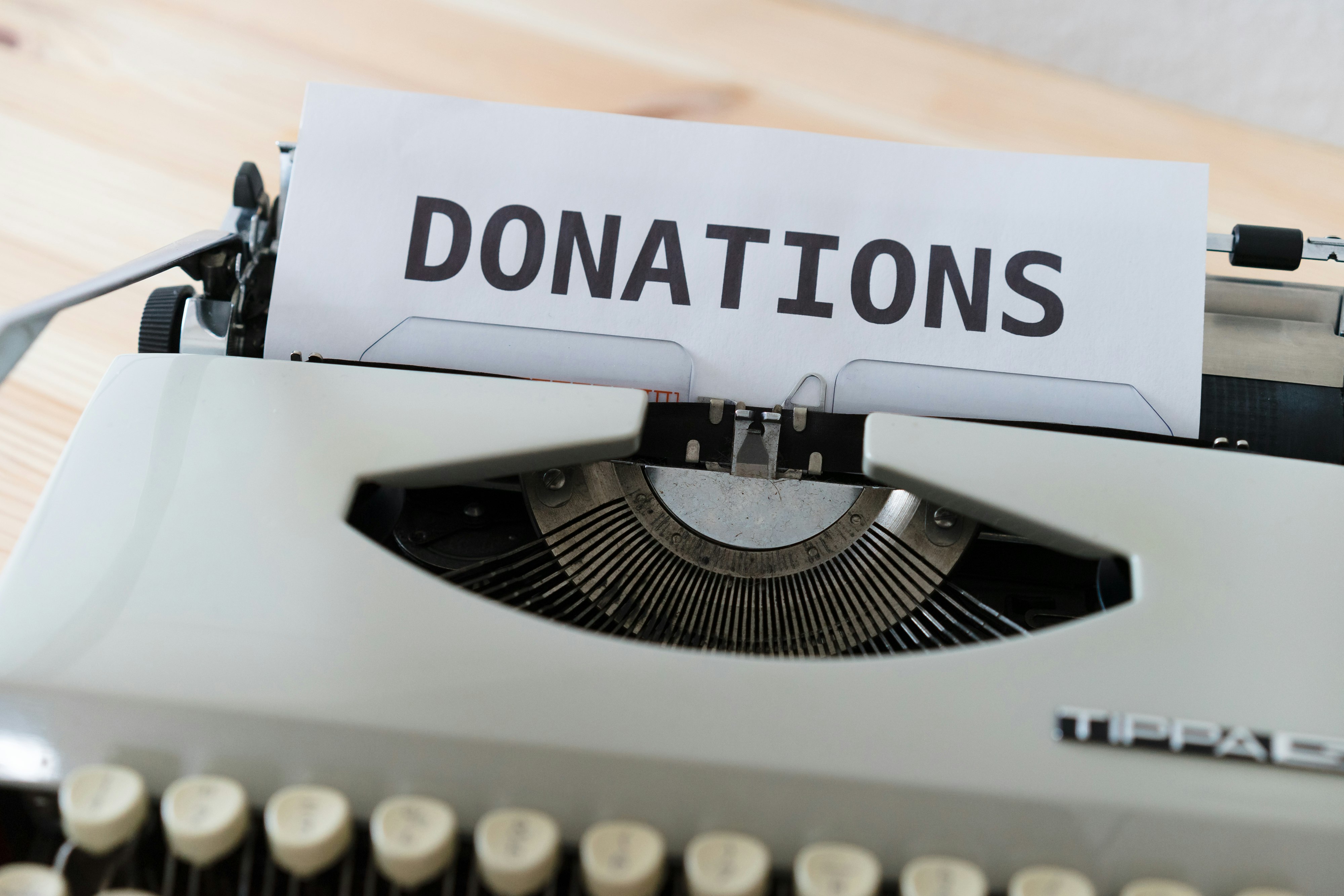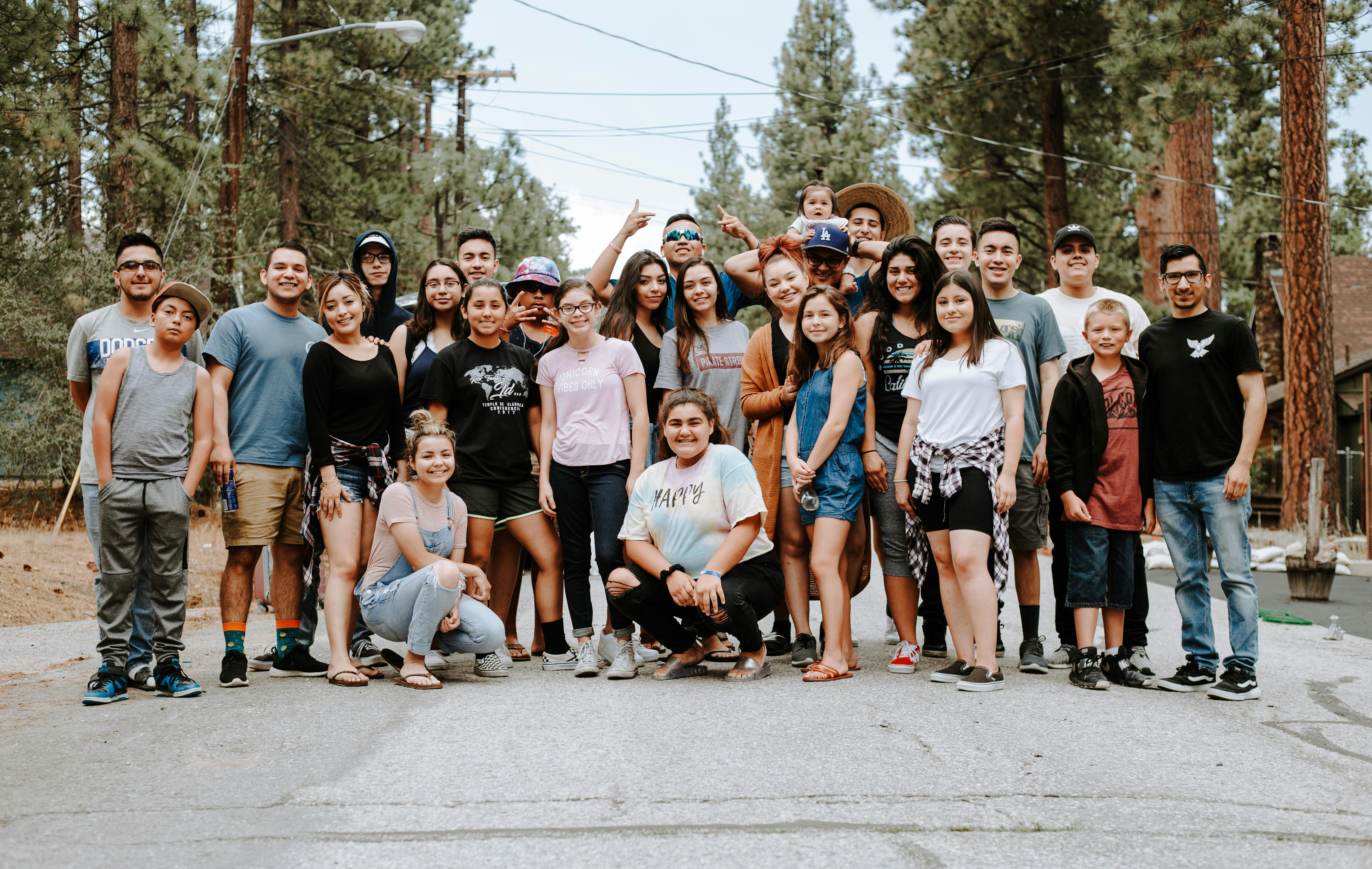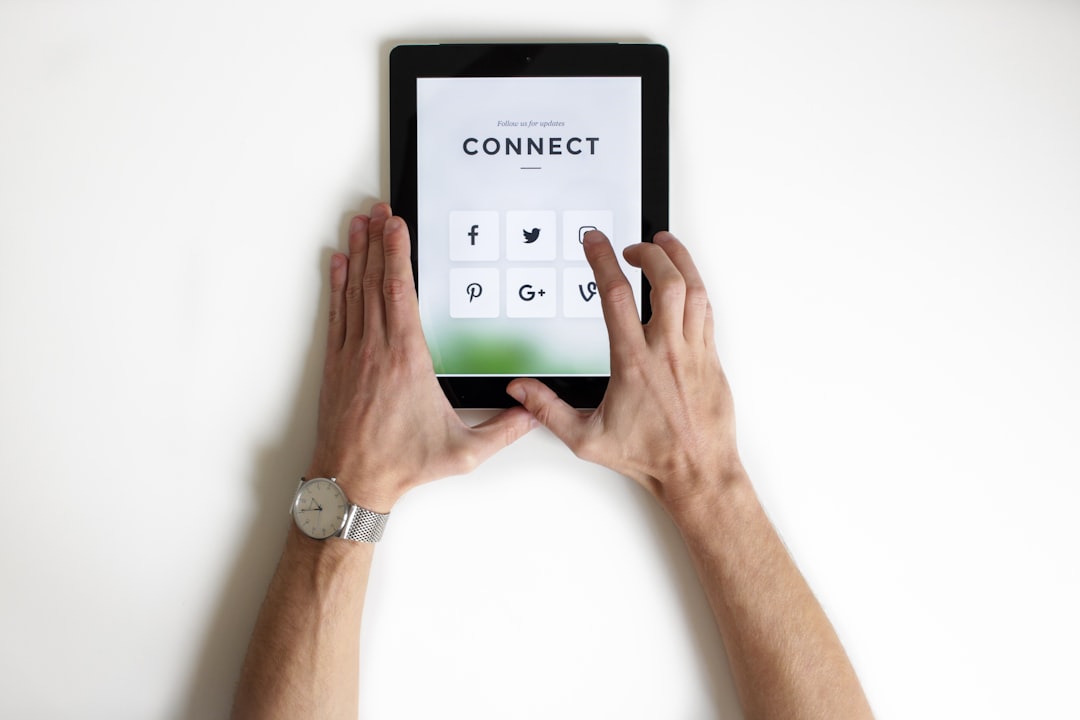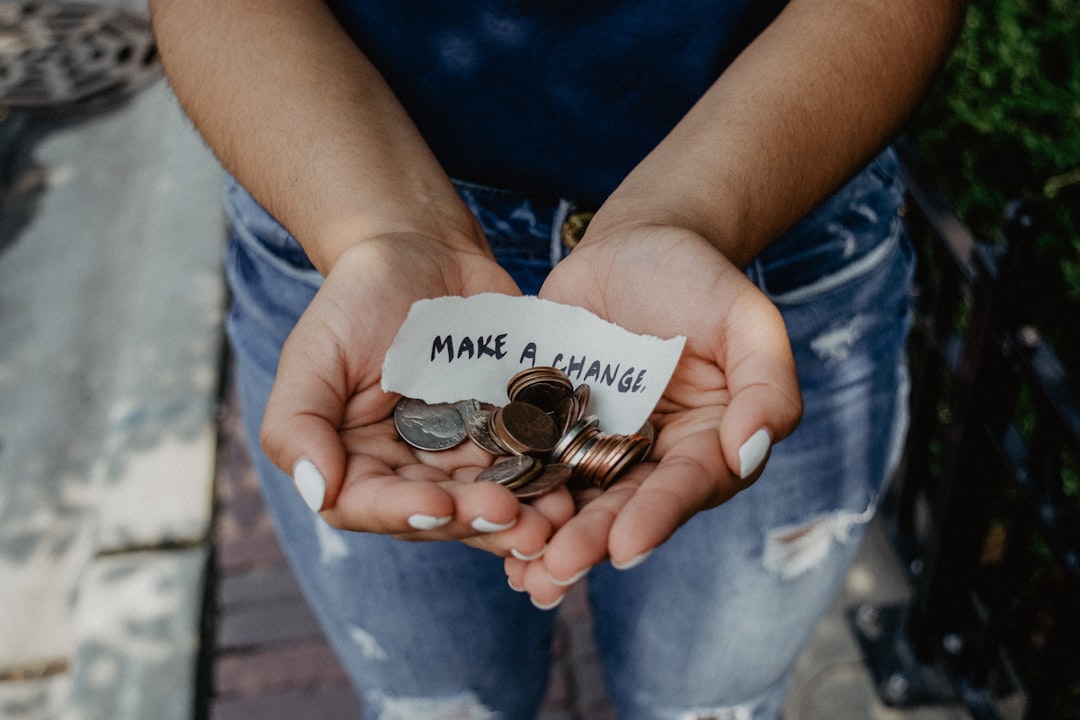Smartphones are what allow the user to take advantage of all of these features. These cell phones are actually small computers with their own operating systems. They can be used to make calls, take pictures, record video, check and compose email, and so much more. In fact, the next stage of smartphone will be able to connect to a monitor and keyboard and act as a PC. Just about anything that can be done on a regular desktop or laptop computer will be accessible via a smartphone.
One of the most powerful aspects of a smartphone is its ability to install and use applications. Called “apps,” these programs allow for any number of activities. Through the power of apps, people are banking, playing games, counting calories, listening to music, and even filing their taxes through their smartphones. Businesses are recognizing that this is a useful way to build customer loyalty and brand recognition and are creating all kinds of apps to engage their users.
How an App Can Benefit Your Nonprofit
Having a useful smartphone application allows you to reach out to the people you service or to your supporters. The key, however, is to have something that people will actually want to download and use. This takes some creativity on the part of the developer, but it can also be a lot of fun.
There are ways to integrate the phone’s own capabilities into your application. For example, smartphones are generally equipped with GPS location capability. The nonprofit Seafood Watch has used this to allow users to find nearby restaurants that work with sustainable products. They even let their users add restaurants to the list. To develop an app that will get downloaded, think about the audience you are targeting. A food bank, for example, might use the same approach to help clients find the nearest food pantry.
Some other interesting uses by nonprofits include:
- NPR provides audio of shows to app users so they can listen on the go.
- The Salvation Army has raised funds by selling an app that streams Christmas music while keeping users up-to-date on donation totals.
- Consumer Reports offers an app that consumers can use to check out products as they shop.
- The MoMA has five different museum tours that visitors can listen to as they make their way through the museum.
How Do You Create a Smartphone App?
Creating an app for your nonprofit can be a bit expensive. One option to cut down costs is to put out a call to your volunteer base to see if you have a supporter that will donate his or her talents for your cause. Even if you go with a professional, you can generally get a better price by doing as much of the work as possible on your own. For example, it is helpful to do some research on what is already out there so you can narrow down the functions of your app. Having graphics and layout plans can also lower the costs since there are less design needs.
If you just can’t decide what your app should do, try going to iTunes or the Blackberry app store and doing a few searches to see what others have come up with. Don’t just limit yourself to nonprofits, either. There might be some retailer doing something that would be a perfect fit for your organization. You may have to choose which platform you want to start with. There are iPhones, Blackberries, Androids, and a few others. The app developer you hire can help you determine where to start.
When choosing an app developer, it isn’t always wisest to go with the best price. Instead, ask around to get referrals from others. This is a great way to get your supporters involved. Try putting a call out on your Facebook page, Twitter account, and other social media. Once suggestions have been gathered, carefully review the different developers. Try out some of the apps they’ve designed and see if you like the way they work. You might even consider contacting the organization they made the app for and getting their feedback on the experience. The app will represent your organization, and you want it to make you look great.
Getting Your App Noticed
There are literally hundreds of thousands of apps available for smartphones, so getting people to download yours may become a marketing priority. There are two important aspects that get an app noticed. First of all, is it truly useful? Take the time necessary to develop an app that your audience will actually use and enjoy. Secondly, it’s up to you to get the word out.
You probably already have a database of clients and supporters, and if you are able to reach out to them through your current modes of marketing, then that’s a great place to start. In addition, make the launch of your app into an event. Announce it on your web site, mention it at events, and even consider sending out a press release. The use of applications for nonprofits is still fairly new, and developing your own could be enough to garner a bit of press in your community, if not beyond.






























 Phones aren’t just for making calls these days. They are being used to send text messages, to surf the web, and to interact with organizations through “apps.” What does this mean for the nonprofit that wants to reach out via this technology? Nonprofits are always looking for new and better ways to engage their constituents, and the advent of the “smartphone” offers just that.
Phones aren’t just for making calls these days. They are being used to send text messages, to surf the web, and to interact with organizations through “apps.” What does this mean for the nonprofit that wants to reach out via this technology? Nonprofits are always looking for new and better ways to engage their constituents, and the advent of the “smartphone” offers just that.
